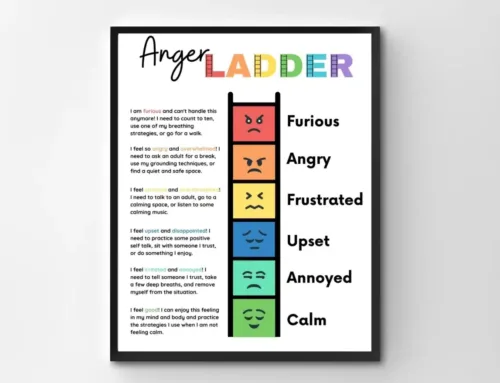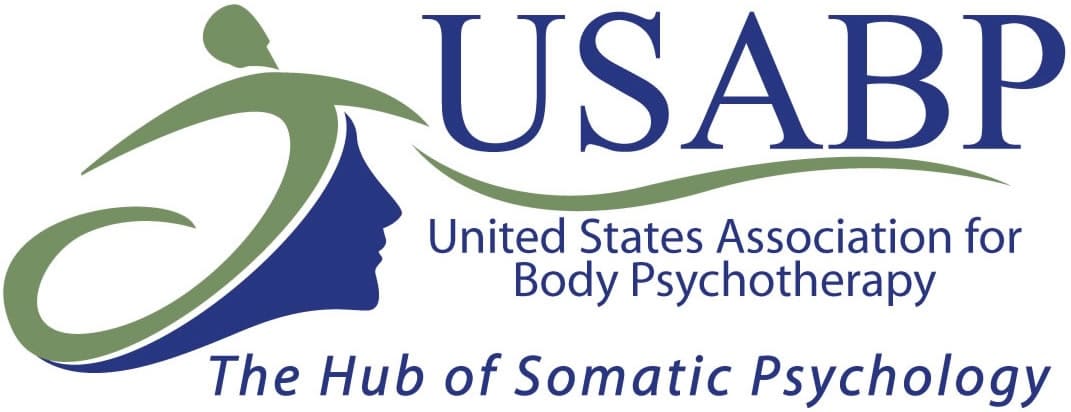Anger is a natural emotion, and the fastest way to manage anger is through targeted anger management breathing exercises. The right breathing techniques switch the nervous system from the fight or flight response to the relaxation response, lowering stress hormones, heart rate, and blood pressure so you can think clearly and stay calm. By practising deep breathing in short bursts, you build reliable breath control you can use in real life. The exercises below are simple, portable, and fit into a normal daily routine, improving mental health, relationships, and overall well being.
How do I use breath to calm anger now?
Slow your body with a two minute breath reset so control returns quickly.
Run box breathing for two minutes: inhale 4 seconds, hold 4, exhale 4, hold 4, and repeat for 8 to 12 rounds. This technique, used by Navy SEALs, steadies the stress response and helps you feel calm. Sit comfortably in a quiet and comfortable space, keep your mouth closed and inhale through the nose, then exhale slowly through the mouth. Drop your shoulders, unclench your jaw and relax your chest to reinforce safety. Add the cue line, “Pause, breathe, choose.” For step-by-step calm routines, see Meditation and Mindfulness Strategies.
What breath exercises work best for anger?
Use box breath, 4–7–8, and diaphragmatic breathing to lower arousal fast.
Box breathing: 4 in, 4 hold, 4 out, 4 hold, for 8–12 rounds.
4–7–8 breathing: inhale 4, hold 7, slowly exhale 8, for 4 rounds, then sit one minute.
Diaphragmatic breathing: place one hand on your belly and one on your chest; breathe so the belly hand rises first, then make each exhale a little longer than the inhale.
These breathing exercises activate the parasympathetic nervous system, promote relaxation, and quiet negative thoughts that fuel frustration and anxiety. Learn why breathing helps the brain and body in The Role of Breath in Healing.
How do I practise breath skills each day?
Set two micro sessions and one trigger plan so the habit sticks.
Schedule one minute at 10 am and 3 pm using any breathing technique above. Pair a set with a cue in daily life, like the kettle boiling or a calendar alert, so practice becomes automatic. Write a trigger plan, for example, “If traffic builds, I breathe for four rounds before I speak.” These simple cues reduce stress and protect overall well being. Planning tips sit in Stress Management Techniques.
How do I use breath during a conflict?
Take a brief pause and speak on the exhale to keep heat low.
Ask for two minutes, step away, and breathe deeply before you restart. Talk on the out-breath to slow your pace and reduce volume, which stabilises emotions and helps you express needs in a healthy way. Keep one topic and one I statement when you return. Useful scripts live in Resolve Conflict with Better Communication.
When should I get professional help?
Seek help if anger is frequent, harmful, or hard to stop, and add structured skills.
Red flags include weekly blow ups, threats, damage, or fear at home or work, as well as physical symptoms like constant chest tightness or sleep problems. Start CBT-based anger work and measure change over 6 to 10 sessions. Add couples sessions if conflict cycles repeat. Compare options via Counselling Services.
Why do I get so angry so quickly?
High load, low recovery, and rigid rules shorten the fuse.
Sleep debt, stimulants, and constant demands keep the stress response high, so small hassles feel big. Challenge “must” and “should” rules about respect and fairness. Light movement or yoga plus breath can cool reactions fast. Load ideas are in How to Manage Stress.
What are physical signs of anger?
Expect a hot face, tight jaw, fast heart, and shallow breath when spikes hit.
You may also notice tremor, clenched fists, tunnel hearing or vision, and a surge in stress hormones. Run a quick check: “Name it, breathe, loosen shoulders,” then lengthen the next exhale.
Can breath really help with anger?
Yes, breathing slowly with longer exhales reduces arousal and improves control.
Longer exhales activate the parasympathetic nervous system, steady heart rate, and widen attention so you can choose the next step. Short, frequent practice builds a reliable first move under pressure.
What happens to your body when you are angry?
Threat systems surge while control slows, which is why fast skills matter.
Adrenaline rises, muscles tense, and focus narrows. Breath control helps the thinking system come back online so you can respond rather than react.
Is anger bad for your heart?
Frequent spikes strain the cardiovascular system, so earlier skills reduce risk.
Expect blood pressure surges and sleep disruption after conflict. Breath resets limit repeated spikes and help prevent longer-term health problems. Learn the stress–body link in How Prolonged Stress Creates Illness.
What is emotional dysregulation?
It is intense emotion with slow recovery and frequent spill over into actions you regret.
Signs include a short fuse, difficulty stopping once heated, and lingering agitation. Combine daily diaphragmatic breathing with thought and behaviour skills for best results.
How does stress lead to anger?
Overload primes threat detection and snap reactions.
High cortisol and fatigue reduce impulse control and make minor hassles feel like threats. Pair load reduction with daily breath resets to lengthen the fuse.
What are early signs of losing control emotionally?
Watch for heat, speed, and harsh self talk, then insert a breath pause.
Heat in the face, fast speech, and “They always” thoughts are early alarms. Take four rounds of box breathing and re-enter with a calmer line.
Why do I lash out when I am overwhelmed?
Stacked triggers and hot beliefs drive fast spikes, so use a one-line plan.
Hunger, noise, deadlines, and black-and-white rules combine to push you over the edge. Use, “If stacked, I pause for four rounds, then talk,” and follow it every time.
What is the connection between anger and anxiety?
Both involve threat focus and hyperarousal, so they respond to similar tools.
Anxiety fuels scanning; anger pushes action. Treat both with breath, reframes, and load reduction, starting with breathing slowly to bring the body back toward balance. Read What Is Anxiety.
Where can I read more about anger and frustration?
Learn how anger and frustration interact and how to respond with the right skill.
Anger often signals a boundary, while frustration signals a blocked goal. For a deeper explainer, read Anger and Frustration.
What quick steps help today?
Use a two minute reset and one small change so improvement starts now.
Do two minutes of box breathing now, schedule two one-minute sets today, and take a short exercise break outside to get fresh air. Choose one change for a known trigger and review results in 24 hours. For a compact checklist, see 10 Anger Management Tips.
Conclusion
Breathing helps with anger management because it talks directly to the nervous system. Whether you choose box breathing, 4–7–8, or diaphragmatic breathing, each technique is a practical way to manage anger that fits real-world pressure. Keep the mouth and nose mechanics simple, sit comfortably, and focus on a longer exhale to promote relaxation. Use short sets throughout the day, especially before tough conversations, so you can deal with heat in a healthy and respectful way. Over time, these small drills lead to fewer spikes, steadier emotions, better sleep, and stronger relationships, protecting both your mental health and your overall well being.
Related Posts
Fees And Rebates
We offer cost-effective solutions that can fit within your budget. The insights and skills acquired in therapy can continue to positively impact mental and emotional health long after the therapy sessions have ended, making it a truly worthwhile investment in yourself.















